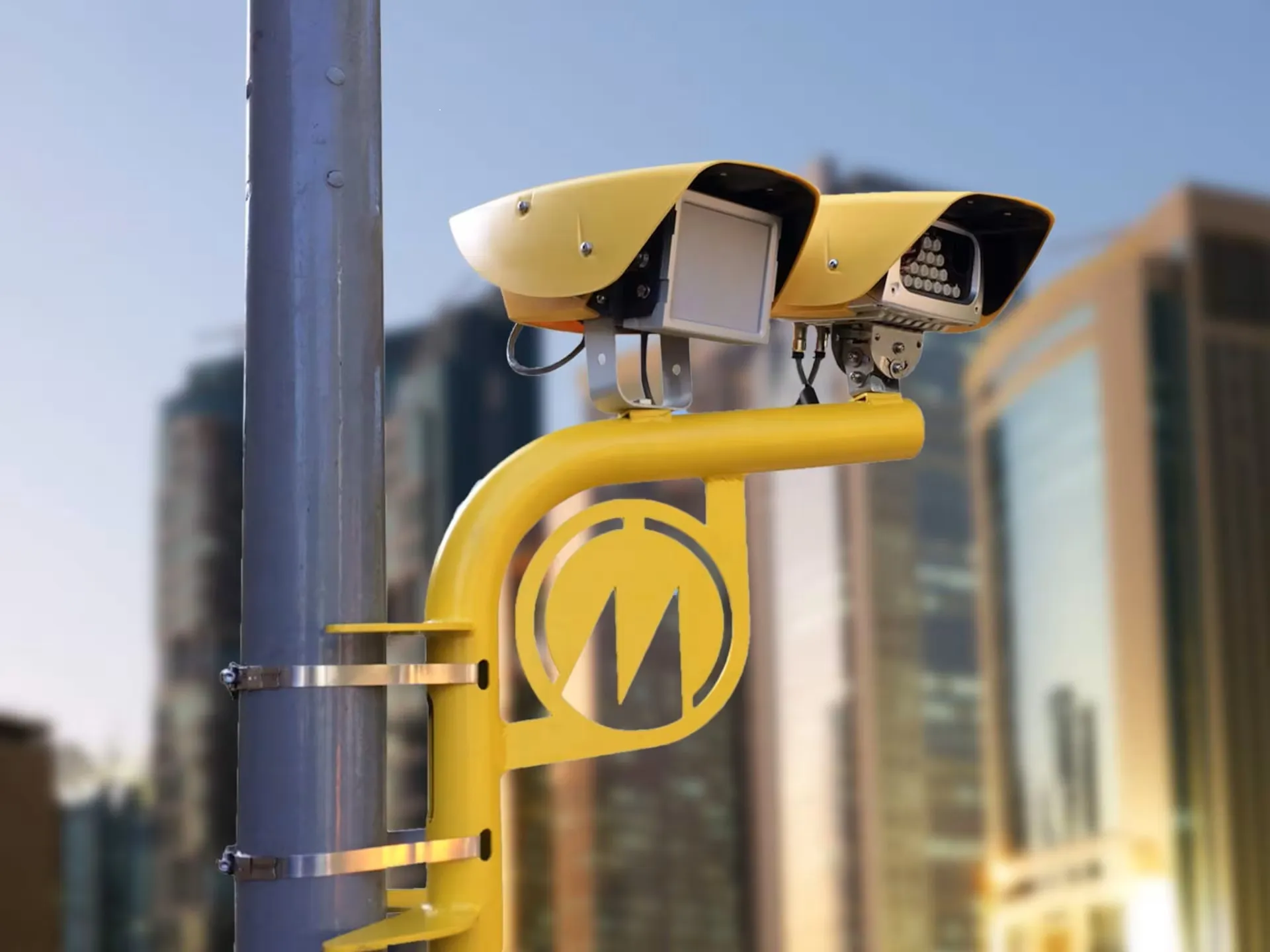Iteris has released the RZ-4 Advanced Wide Dynamic Range (AWDR) camera to its Vantage portfolio which has been optimised for traffic video detection, allowing vehicles to be detected even in the most challenging outdoor lighting conditions. The new camera uses state-of-the-art imager technology to handle extremes in light and dark and severe glare, accurately detecting vehicles even in harsh backlit conditions. Like the rest of its Vantage portfolio, the new unit works with the company's advanced detection
June 19, 2012
Read time: 1 min

The new camera uses state-of-the-art imager technology to handle extremes in light and dark and severe glare, accurately detecting vehicles even in harsh backlit conditions. Like the rest of its Vantage portfolio, the new unit works with the company's advanced detection algorithms, offers simple installation, backwards compatibility and the versatility to adjust the camera from the cabinet.









